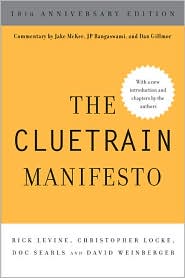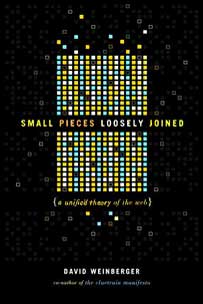March 17, 2016
Public editing in and with the public
Mike Ananny has a post at Nieman Lab that I hope the NY Times editorial board reads. It argues that the next public editor (what we used to call an ombudsperson) is deeply versed in digital life, from algorithms to social media. Amen.
Thiis timely because the current public editor, Margaret Sullivan, is leaving the Times to become a columnist for the Washington Post. I think she has done an excellent job in a very difficult position, and I’m sorry to see her leave that position.
But that does make this a good time for the Times to re-think not just the competencies of a public editor, but also the modality of the position.
Currently the public sees the public editor as a columnist who stands between them and the editorial staff of the paper. She writes on behalf of the readers, explaining and adjudicating. It is a challenging job, to say the least.
But this role should be broadened so that it includes not just the public editor but the public at large. Let the public editor continue to write blog posts — Sullivan’s have been good examples of the form. But also let the public have its say in more than comments on the posts. As a blogger, the public editor can only discuss only a small percentage of the concerns that readers have.
To scale this, the Times could set up an open forum in which the public can raise topics that readers can discuss and upvote. Or, perhaps a Stackoverflow sort of board would work. No matter how it’s done, the public would get to raise issues, and the public would get to discuss and promote (or demote) issues . Most of the issues are likely to be handled by the readers talking amongst themselves, but the public editor would watch carefully to see where she needs to step in.
Maybe those implementations would fail or spin out of control. But there is very likely a way to scale the conversation so that readers are far more engaged in what they would increasingly see as their paper.








